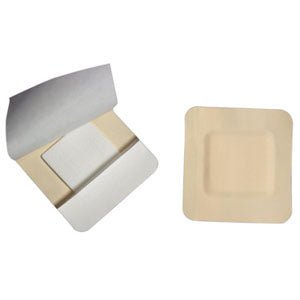Description
Kendall Healthcare Border Foam Gentle Adhesion Dressing 3-1/2" x 3-1/2" with 2" x 2" Pad
Payment & Security
Your payment information is processed securely. We do not store credit card details nor have access to your credit card information.

